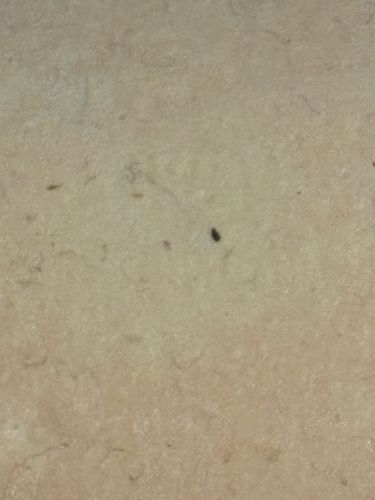Flea
Scientific Name: Ctenocephalides felis or Ctenocephalides canis (commonly)
Order & Family: Siphonaptera, Pulicidae (commonly)
Size: Typically 1.5 to 3.3 mm (0.06 to 0.13 inches) long.

Natural Habitat
Fleas are found globally, often in warm, humid environments. They inhabit carpets, bedding, pet resting areas, cracks in floors, and generally live on or near their hosts (mammals and birds).
Diet & Feeding
Fleas are ectoparasites, meaning they feed externally on their hosts. Their diet consists exclusively of fresh blood from mammals (like cats, dogs, humans, rodents, and livestock) and birds. They use specialized mouthparts to pierce the skin and suck blood.
Behavior Patterns
Fleas are known for their remarkable jumping ability. They are wingless insects with bodies compressed laterally, allowing them to move easily through fur or feathers. Their life cycle involves four stages: egg, larva, pupa, and adult. Adults can live for several months if conditions are favorable and a host is available. They often lay eggs on the host, which then fall into the environment. Larvae feed on organic debris, including adult flea feces (flea dirt), before pupating. The pupa stage can be highly resistant to insecticides and can remain dormant for extended periods until stimulated to emerge by vibrations, warmth, and carbon dioxide, signaling the presence of a potential host.
Risks & Benefits
Risks: Fleas are considered pests due to their bites causing itching, skin irritation (flea allergy dermatitis in pets), and potential secondary bacterial infections from scratching. They can transmit diseases to humans and animals, including tapeworms (Dipylidium caninum), and are historically known vectors for plague (Yersinia pestis) through infected rodents to humans. Benefits: Fleas generally do not provide direct benefits to humans or the ecosystem, with their primary ecological role being that of a parasite. They can indirectly serve as a food source for some predatory insects or mites, but their negative impacts typically outweigh any minor benefits.
Identified on: 9/4/2025